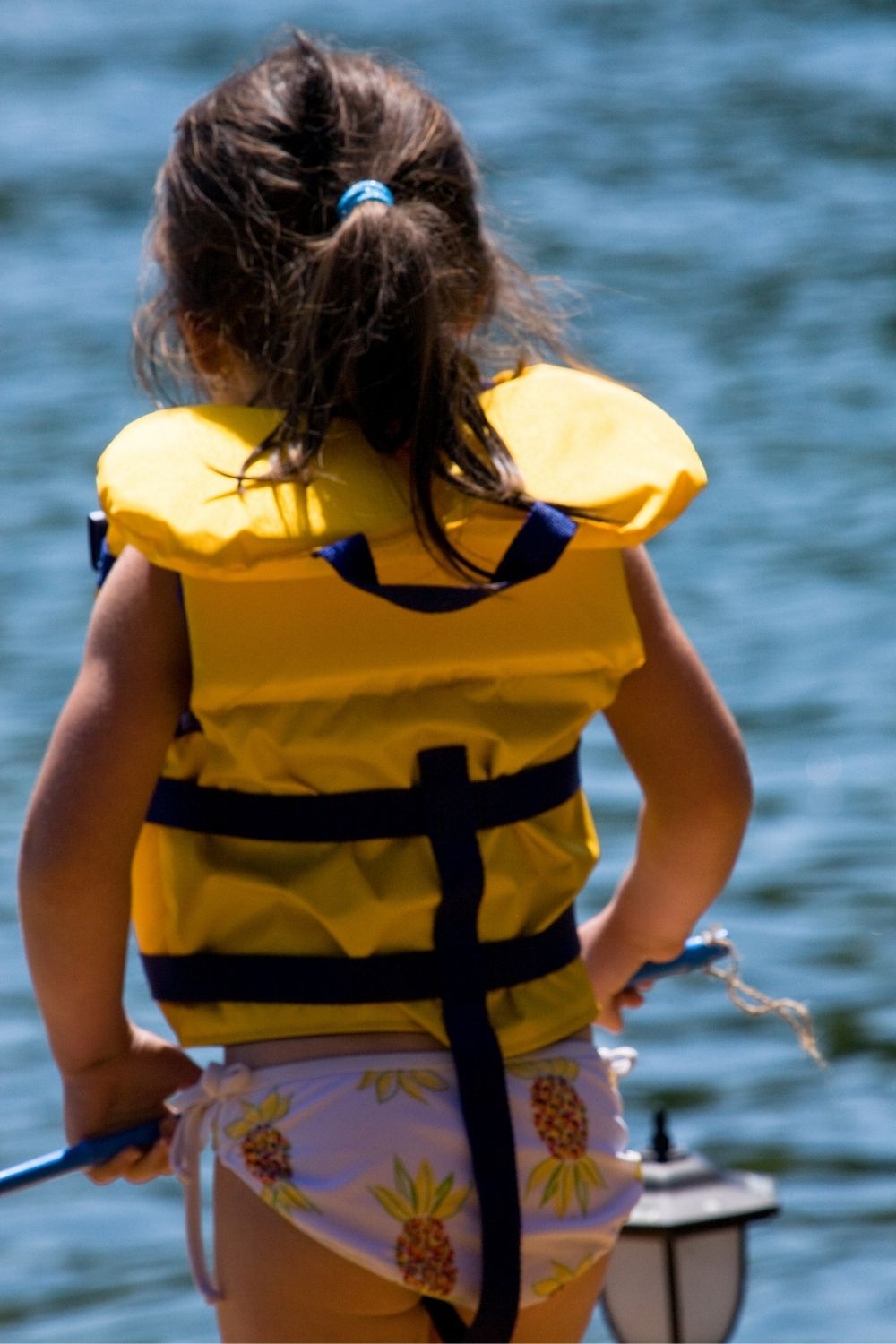May is Water
Safety Month
Drowning Is a Leading Cause of Death for Children in the U.S.
Drowning is responsible for more deaths among children ages one to four than any other cause except birth defects. After pools, bathtubs are the second leading location where young children drown. However, buckets, bath seats, wells, cisterns, septic tanks, decorative ponds, and toilets are also potential drowning sources for infants and toddlers.
Importance of Water Safety
“National Water Safety Month is a powerful way to send a crucial message at the start of the busy summer swim season,” said Connie Harvey, Director of the Aquatics Centennial Initiative for the American Red Cross. “There are layers of protection involved in water safety. Ensuring everyone in the family learns how to swim and that parents and caregivers have the knowledge and skills to handle emergencies around the water, including how to perform CPR is a good place to start. National Water Safety Month helps us communicate these messages.”
Pool Safety Tips
Swimming pools and spas are great places for family fun. It’s important to ensure everyone follows these simple safety steps to stay safer in and around the water.
Never leave a child unattended in or near water
Always watch children when they’re in or near water, and never leave them unattended. Designate an official Water Watcher, an adult tasked with supervising children in the water. That should be their only task – they shouldn’t be reading, texting or playing games on their phone. Have a phone close by at all times in case you need to call for help, and if a child is missing, check the pool first.
Teach children to stay away from drains
Know how to perform CPR on children and adults
Teach children how to swim
Install proper barriers, covers and alarms on and around your pool and spa
Ensure all pools and spas - both in your backyard and any public pool you may visit - have compliant drain covers
Circle of Drowning Prevention
May is National Water Safety Month and the American Red Cross wants to ensure that every member of your family becomes water competent. This means being water smart, having swimming skills and knowing how to help others.


Sources:
https://www.poolsafely.gov/parents/safety-tips/
https://www.redcross.org/about-us/news-and-events/news/water-safety-month-how-to-be-safe-in-and-around-the-water.html#:~:text=May%20is%20National%20Water%20Safety,knowing%20how%20to%20help%20others
https://www.redcross.org/get-help/how-to-prepare-for-emergencies/types-of-emergencies/water-safety/drowning-prevention-and-facts.html

